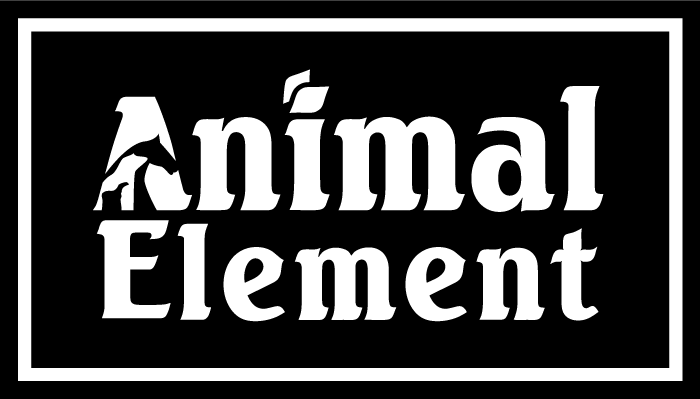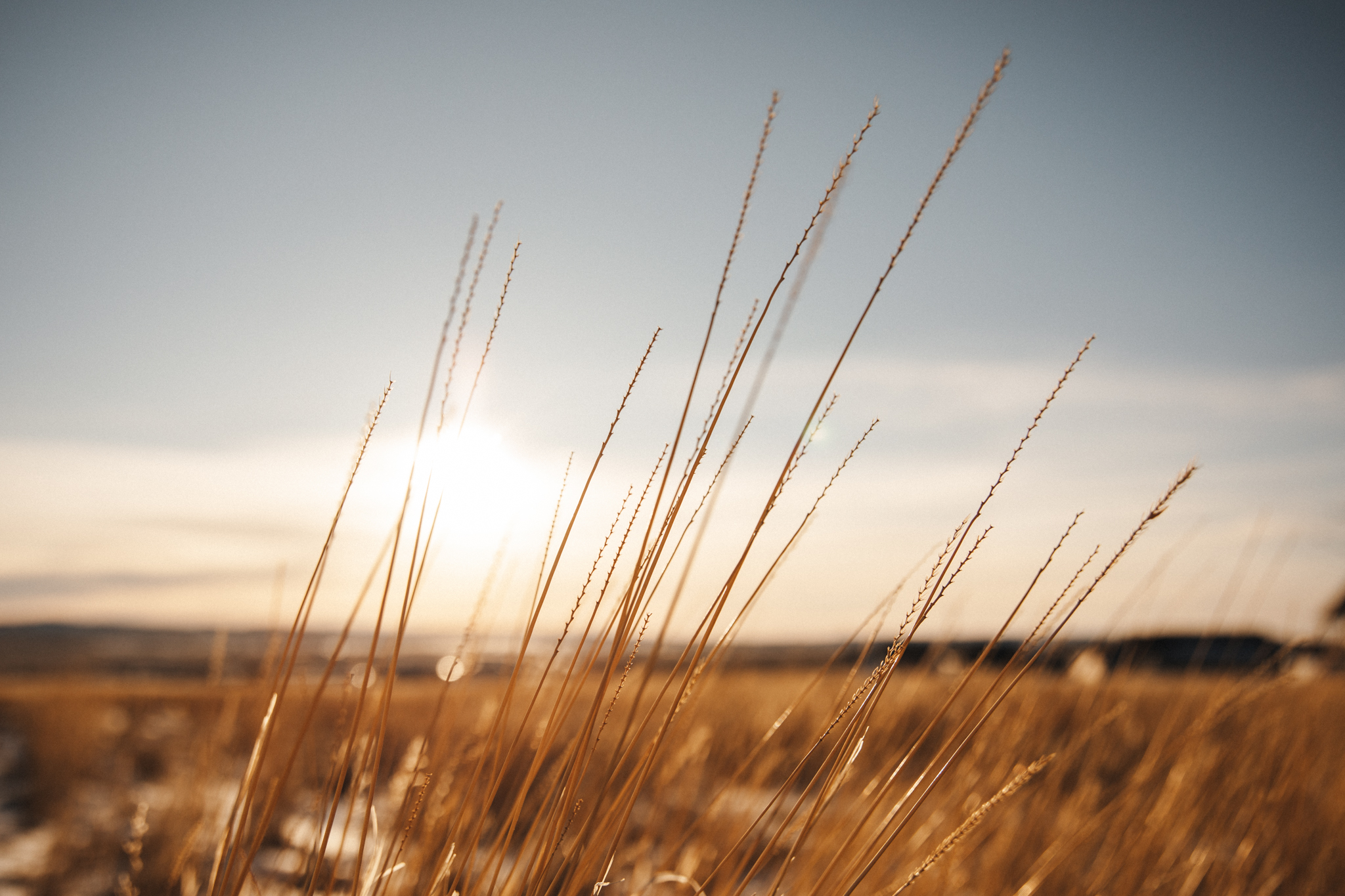Last updated on October 8, 2024
Know What Hay for Horses is Grown in Your Region? Here’s Why It Matters
The old adage that horses “eat money and poop work” couldn’t feel more true than when it is time to go buy hay for horses. Even if you are an experienced horseman with generations of connections with hay farmers, re-examining your hay and feed program overall, can help save money and fill in potential nutritional gaps. Familiarizing yourself with the hays grown in your region is one way to cut back on cost, and ensure your horse is getting the proper nutrition.

Local Hay for Horses
Be familiar with what grasses are grown for feed purposes in your local region, as well as the surrounding ones (in case you have to buy hay from there). This will help you determine the nutritional content your horse is getting from their hay alone.
As we all know, hay prices can vary from year to year, especially if the weather doesn’t seem to be cooperating. To save money on transportation costs, try buying from local farmers as much as possible.
South-Central Region
This area, encompassing Texas, Oklahoma, Kansas, Arkansas, & Missouri has two main categories of hay: native grass hay and Bermuda grass hay. Native grass hay in the south-central United States is generally composed of blue stems and other prairie grasses. It is very high in fiber- which is an excellent forage for the horse’s gut, but lower in protein and energy.
Bermuda grass hay (which includes coastal hay) can be a great quality fodder. It is lower in protein, but high in vitamins like A and C. If cut at a mature stage, it can be harder to digest due to its increased fiber.
North-Central Region
The Northern plain states like the Dakotas, Nebraska, Montana, and Wyoming are where you will find orchard grass, timothy grass, and bromegrass hays.
Orchard grass is high-quality grass hay with a high protein content and relative feed quality. It has a slightly softer texture that horses tend to love.

Timothy grass was the first grass to be cultivated for horse hay and therefore is a tried & true hay for horse owners. It has slightly less protein than orchard grass but still has a good fiber, protein, and calorie content. It usually only gets two cuts a year so it can be harder to find, especially with its popularity.
Bromegrass is a cool-season grass that is highly palatable to horses and has an overall relative feed quality similar to timothy and orchard grasses. It can get very woody in the stem if cut too maturely.
Eastern Seaboard
Along the Eastern seaboard, tall fescue grass and Bermuda grass reign supreme, with bahiagrass showing up in warmer more coastal regions, and Bluegrass in the cooler northern states.

Tall fescue is a widely used forage for all livestock that has a decent protein and digestible energy content. There is a certain type in the Eastern states, Kentucky-31, that is infected with an endophyte that can cause toxicosis to horses, especially broodmares. This fungus doesn’t have any physical effects on the plant itself, so laboratory testing is the only way to know if your tall fescue is infected. There are a few types of endophyte-free fescue that are safe, so pay attention to the kind of tall fescue hay you are buying.
Bahiagrass prefers warm climates but can be difficult to dry out in humid areas. Because it grows slowly and low to the ground, bahiagrass hay is not generally considered a high-quality hay. Once it’s tall enough to be cut and baled, bahiagrass is quite mature, is very stemmy, and loses nutritional value. It’s best used as a pasture grass.
Western States
The states out west are known for their alfalfa production, along with timothy, bluegrass, and orchard grass.
Although known as Kentucky bluegrass, 90% of the country’s bluegrass hay is produced in the Pacific Northwest. This is because bluegrass prefers cooler, wetter climates. It contains high protein and low sugar.
Alfalfa is the most common type of legume hay and can be grown in almost every state. It has a higher protein and calcium content than even the best grass hay, which is ideal for performance horses and lactating mares. It is relatively low in fiber though, which can lead to impaction if not fed with a more fibrous grass hay.
Things to Remember When Buying Hay for Horses
It is not recommended to feed horses Sudan grass, sorghum, or johnsongrass hay. These types of hay can have elevated nitrate levels and can be especially dangerous to horses if it is highly fertilized with poultry litter or conventional fertilizer.

When looking at hay, remember to inspect it for freshness, signs of mold, and hidden toxic weeds. If purchasing legume hay, make sure that it has some stems and fiber to prevent impaction. It’s always a good idea to go over the nutrition tag, and factor in what your horse needs to consume for their job. Performance horses and pregnant/lactating mares need more protein and starch than retired or geriatric horses. Easy keepers and hard keepers also need varying nutritional needs.
Keep in mind that hay (or forage from grazing) should provide the bulk of your horse’s nutrition, and everything else (feed/grain and supplements) should be fed only to make up for a deficiency or provide extra nutrition for the performance horse.
Buying Hay for Horses Can Be Stressful
As we all know, finding hay, buying hay, and storing hay are ongoing concerns for most horse owners. We hope that this article gives you a better understanding of the different types of hay typically found around the United States and how to choose the best hay for your horses.
Horses are grazing animals, and are designed to spend most of their lives grazing. So the forage that they consume is extremely important to their overall health and well-being, not to mention athletic abilities and performance. By feeding Foundation Daily Detox and NuTrack Digestive Support together, your horse’s digestive system will be able to absorb and use the nutrients from their hay much more efficiently, potentially cutting back the amount of feed they require.
To get started on this supplement power duo, give Mark Kaylor a call at 509-301-1798! You will start seeing changes in your horse’s health and performance within weeks.
All content is intended for informational purposes only. Proudly written for Animal Element by the team at FaithHanan.com.
Resources:
1. Conway, Kyle. “Is Bermuda Hay Good for Horses?” Conway Feed & Supply, 09 April 2020. https://conwayfeed.com/blogs/hay-news-feed/is-bermuda-hay-good-for-horses#:~:text=This%20hay%20is%20typically%20a,is%20not%20the%20best%20option.
2. Duren, Stephen. “The Big Two Forage Grasses: Timothy and Orchard.” Standlee Forage. https://www.standleeforage.com/nutrition/nutritional-papers/big-two-forage-grasses-timothy-and-orchard/
3. Lea, Krista. “The Grass Guide: Smooth Bromegrass.” University of Kentucky College of Agriculture, Food, and Environment for TheHorse.com, 17 Dec. 2015. https://thehorse.com/113734/the-grass-guide-smooth-bromegrass/
4. Poore, Matt. “An Ideal Base Forage for the Eastern U.S.” Ag Proud, 27 Dec. 2018. https://www.agproud.com/articles/32014-an-ideal-base-forage-for-the-eastern-u-s#:~:text=In%20many%20of%20the%20grazing,bermudagrass%20in%20overall%20system%20domination.
5. Powell, Debra. “The Pros and Cons of Tall Fescue.” TheHorse.com, 04 March, 2024. https://thehorse.com/1125530/the-pros-and-cons-of-tall-fescue/#:~:text=Endophyte%2Dfree%20tall%20fescue%20(e.g.,and%20cannot%20tolerate%20heavy%20grazing.
6. Rodiek, Ann. “Hay for Horses: Alfalfa or Grass?” UC Davis Alfalfa Symposium, 2001. https://alfalfasymposium.ucdavis.edu/+symposium/proceedings/2001/01-061.pdf
7. Twidwell, Ed. “Bahiagrass: Extensively Grown But Often Mismanaged.” Ag Proud, 31 May, 2019. https://www.agproud.com/articles/31874-bahiagrass-extensively-grown-but-often-mismanaged
8. “Bluegrass: poa pratensis.” Sage Hill Northwest, Inc. https://sagehillnw.com/products/blue-grass/#:~:text=Nutritional%20Value%3A,energy%20and%20fiber%20for%20digestion.

